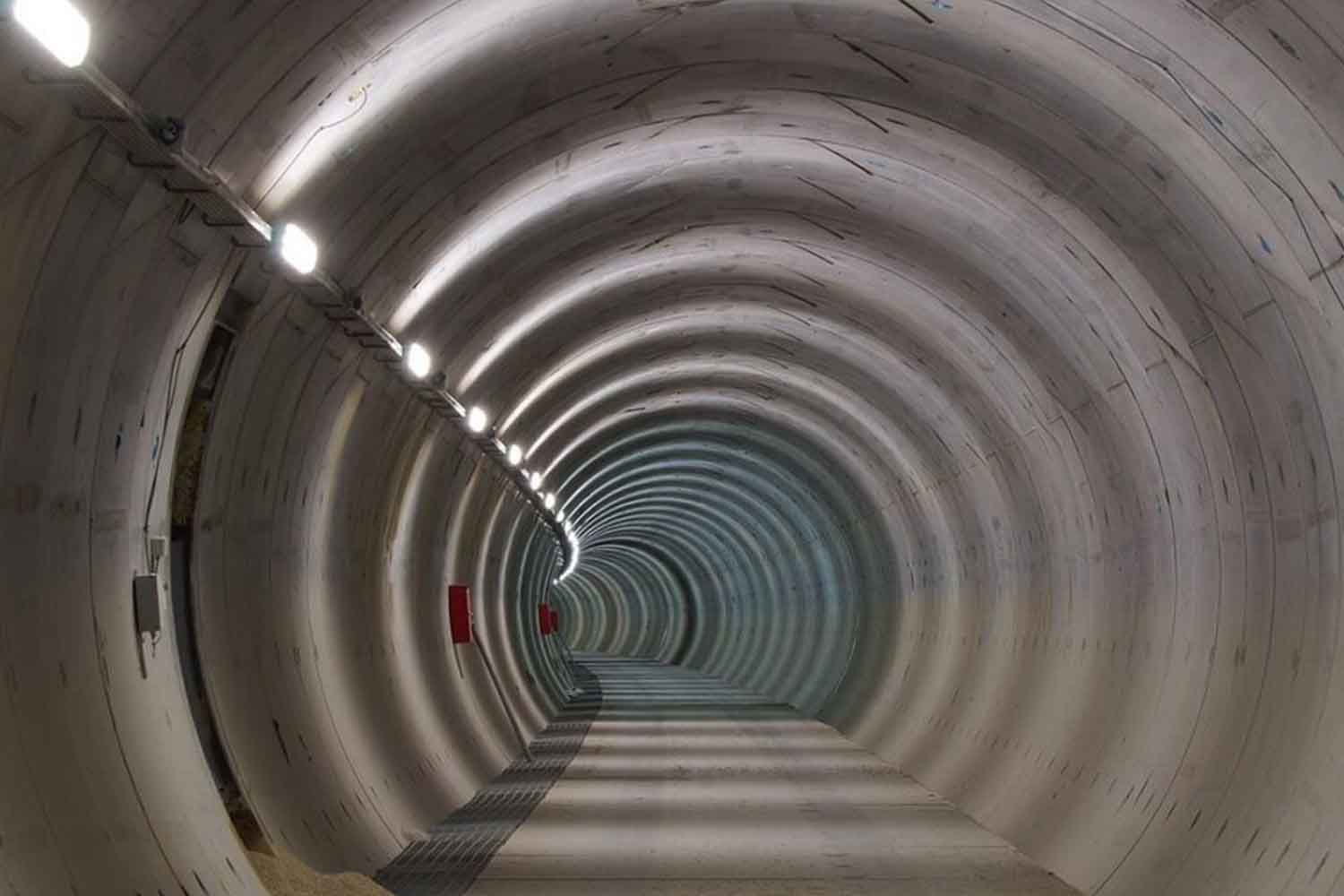The Brenner Base Tunnel, set to become the world’s longest railway tunnel, is a major European infrastructure project. It promises to transform travel between Italy and Austria, reduce road freight, and offer a more sustainable alternative to road and air transport.

In mid-September 2025, a mechanical drill broke through the last meter of rock at 1,370 meters (4,495 feet) beneath the Brenner Pass in the Alps, completing the underground link between Italy and Austria. This marks a key milestone in the construction of the Brenner Base Tunnel, which is set to become the world’s longest railway tunnel.
This project is part of a broader vision to create a continuous rail corridor from Helsinki to Palermo, aimed at promoting sustainable mobility for both goods and passengers across Europe.
A symbolic and technical achievement
The breakthrough holds both symbolic and technical significance. For the first time, Austrian and Italian work fronts have been united beneath the Alps. This event was closely followed by political figures from both countries, underscoring its importance. However, beyond the presence of officials, the key takeaway is that this moment represents a turning point in the construction of an infrastructure that is set to radically alter mobility in one of the most congested and polluted regions of Europe.
Dramatically reduced travel times
Once completed, the Brenner Tunnel will reduce travel time between Verona (Italy) and Munich (Germany) by two and a half hours, making the train a real and competitive alternative to road travel and even air travel for medium and long-haul journeys.
All of these initiatives are scheduled for completion by the early 2030s. The Brenner Tunnel, in particular, is expected to be operational by 2032, with the first trains running that year.
Reducing truck traffic between Italy and Austria
The Brenner Base Tunnel is one of the most ambitious railway projects ever built in Europe. It consists of 230 kilometers (143 miles) of underground infrastructure, including 110 kilometers (68 miles) for the two main tunnels, which will link Fortezza, in the South Tyrol region of Italy, to Innsbruck, Austria.
The goal is not just to enhance the speed of railway connections but primarily to reduce road freight traffic that currently clogs the Brenner highway and pollutes the Alpine valleys. Every year, over 2.5 million trucks and around 50 million tons of goods pass through the Brenner Pass. At present, only 30% of freight traffic occurs by rail, with the rest traveling by road.
The new tunnel aims to reverse this ratio, or at least bring more balance. Freight trains, thanks to a more linear and less steep path, will take just 35 minutes to cover the route. Currently, this takes 105 minutes. Passenger trains are also expected to see time reductions from 85 minutes to just 25 minutes. This time-saving advantage could make rail transport a more competitive option, even for businesses.
A project with some uncertainties
The Brenner Tunnel is part of the Scandinavian-Mediterranean Corridor, a European transport network that connects Sweden, Norway, Finland, Denmark, Germany, Austria, and Italy. This railway route is expected to facilitate more sustainable trade and passenger connections, helping to reduce the environmental impact of transalpine traffic.
However, there are challenges. Firstly, Germany is behind schedule in constructing the access routes to the tunnel. Furthermore, Confindustria Alto Adige has already stated that road transport will remain crucial, particularly in the short term, despite the new infrastructure.
The excavation of the exploratory tunnel has not been without difficulties. In certain sections, work was carried out beneath the Isarco River, where the technique of freezing the ground was used. Liquid nitrogen was employed to freeze underground water, stabilizing the soil and preventing seepage.
BBT SE, the Italian-Austrian public company managing the project, has assured that all environmental regulations have been met. Environmental compensation measures are also planned for the areas affected by the construction.
As of now, 204 kilometers (127 miles) of tunnels have been completed out of the total 230 kilometers. Regarding the main tunnels, 100 kilometers (62 miles) have been completed out of 110. The project’s completion is expected by 2032, when the first trains are anticipated to pass through.
Fonte: Webuild
